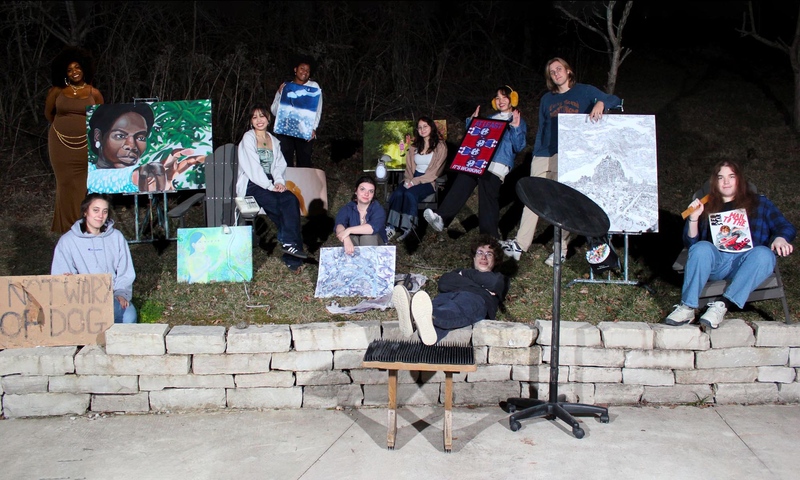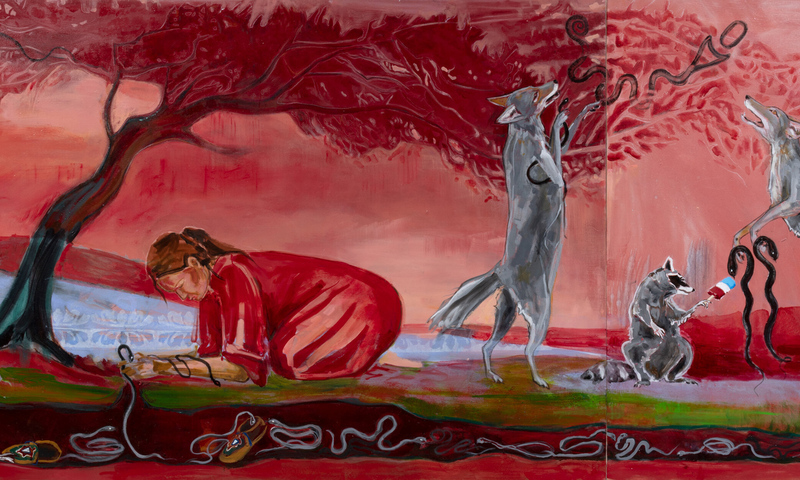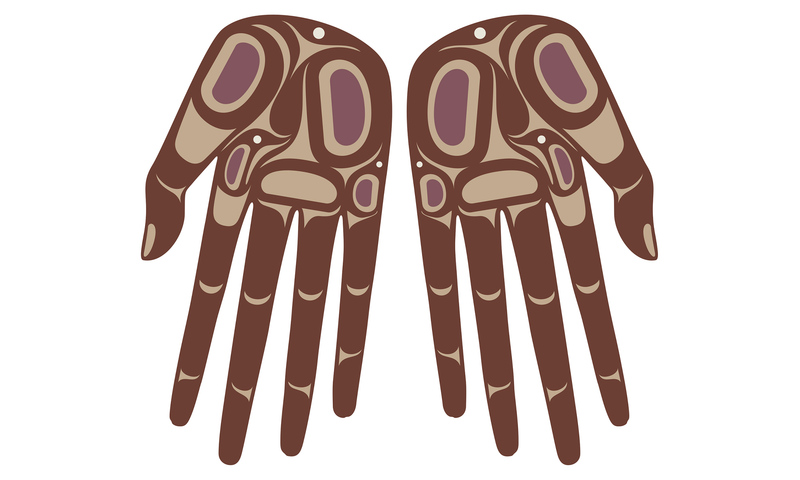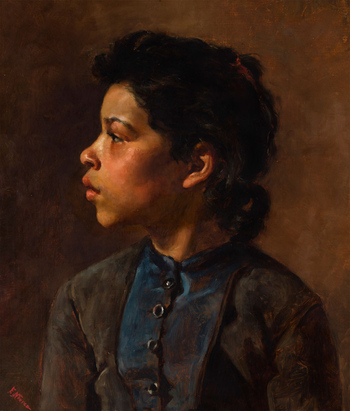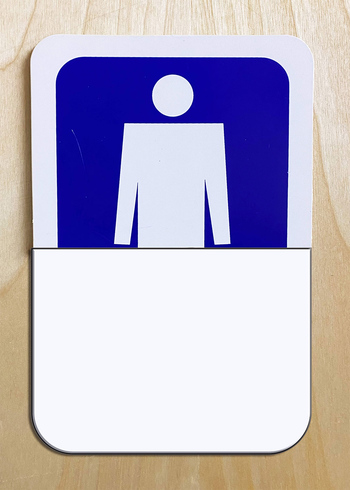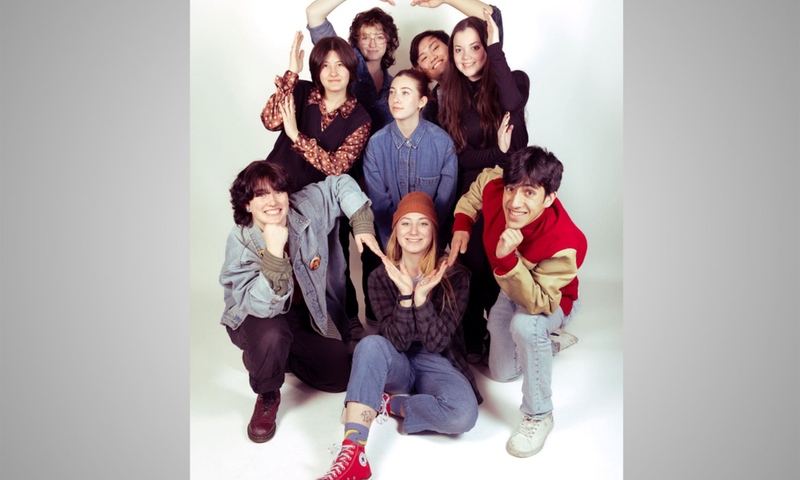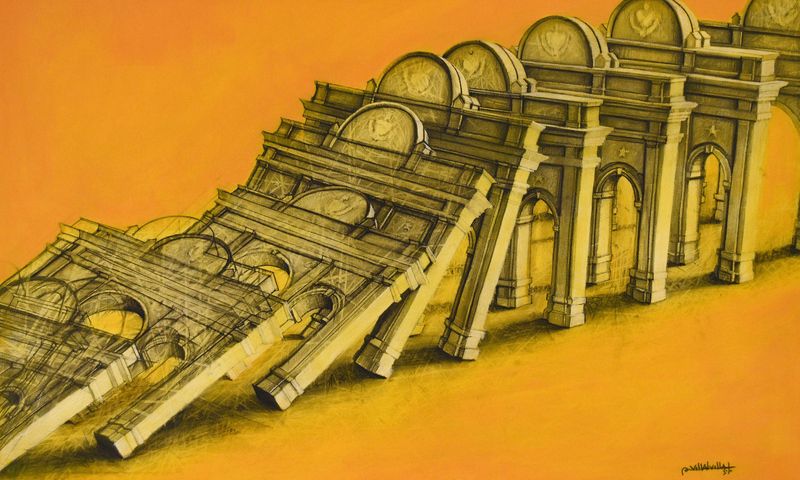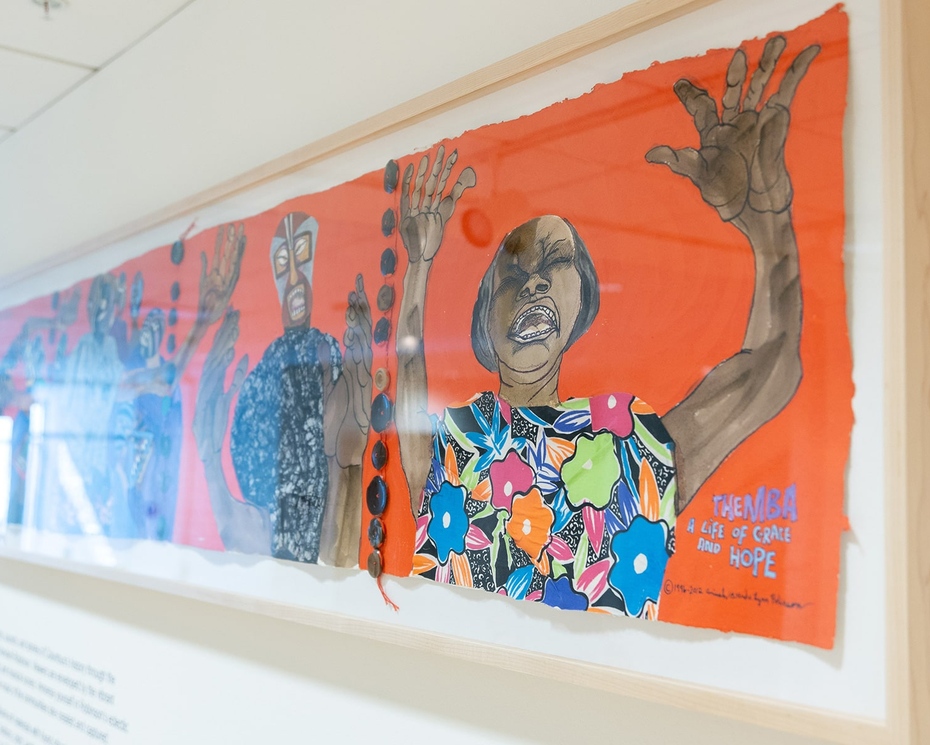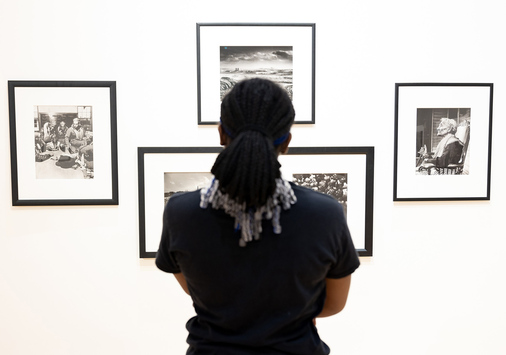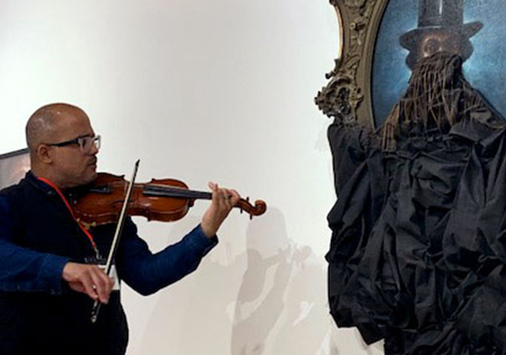Unexploded Ordinances: Afghan War Rugs 1979-2008
“The early Muslims inhabited lands where people were born on carpets, prayed on them, and covered their tombs with them. And in much of the Muslim world, very little has changed. For centuries, carpets have been a currency and an export, among the first commodities of a globalized trading system. Apart from trade, the main form of interaction between nations is war. With their countries decimated, cultures pulverized, and families scattered, they flee, carrying what is often the only portable asset they own—their carpets. For those who remain, the carpet business is one of the only functioning industries left. And when the shooting stops and the bazaar springs back to life as if nothing happened, you can lose yourself there, where carpet deals recline on bolsters, retailing conversation outside time.”
-Christopher Kremmer, The Carpet Wars: from Kabul to Baghdad, 2002
Key Styles & Iconographies
There are a number of ways to distinguish the different and emerging iconographies of war rugs. Scholars, collectors, and dealers have used a number of different taxonomies to distinguish the diverse range of imagery. Categories established by collector and dealer Keith Sudeith can be summarized into the following:
- Maps and Landscapes
Many rugs portray maps of Afghanistan and include tanks, bombs, artillery, and other weaponry on diagrammatic roadways, hills and other references to landscape and locale, including the urban. These are a part of a board category of pictorial rugs. - Portraits
Depicting portraits of political and military leaders, or other significant individuals, pictorial rugs also showcase people. Weaponry is included in portrait rugs as well, often surrounding iconically represented figures. - Red Rugs
Red rugs are recognizable for their depiction of a myriad of weapons woven across a single background color, usually red, but sometimes blue or cream. - Obvious Weapons
This category of rug refers to those that depict weapons as dominant and bold repeating pattern elements. “Unexploded Ordnance” rugs, which depict labeled detailed images of grenades, land mines and other weapons, fit into this category. Such rugs are meant to warn people not to touch the dangerous ordnances. - Embedded Weapons
This designation refers to rugs that depict weaponry iconography embedded in the background areas of a rug design with geometric medallions, vases, paired ewers, mythological figures and animals, and other traditional motifs. - War on Terror
The Twin Towers; American, British, and Afghan flags; white doves; and contemporary military weaponry and imagery, particularly of the U.S. military, are described in primarily small scale rugs that began to be created post-9/11.

